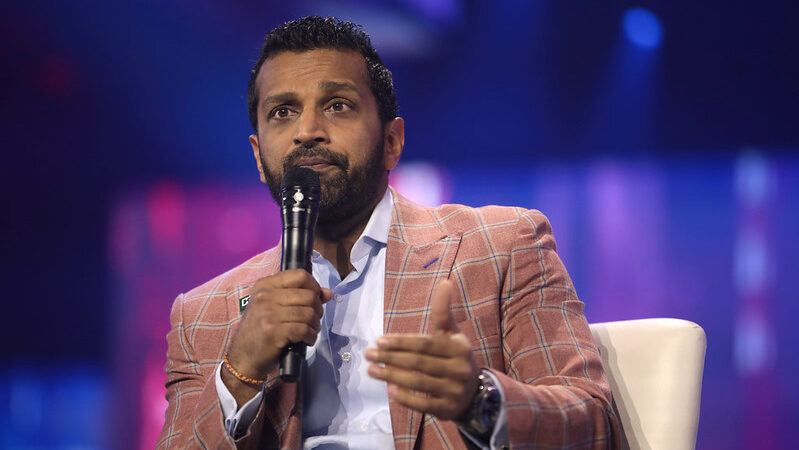

Asia is full of billionaires. The Asia-Pacific region has over 1,000 self-made billionaires, together holding about $3.7 trillion in combined wealth, according to a December 2023 survey by UBS. Yet much of that wealth has not been channeled towards philanthropic projects, with the region’s largest donors giving at levels far below the world’s biggest philanthropic organizations.
Just one Asian organization—the Hong Kong Jockey Club Charities Trust—made the world’s top 20 philanthropic organizations, according to a new report from the Bridgespan Group, a nonprofit consultancy that advises NGOs and philanthropic organizations, showing the gap between philanthropy in Asia and countries like the U.S.
The Hong Kong Jockey Club Charities Trust donated an average of $507 million a year between 2018 and 2022, making it the largest philanthropic organization in Asia, according to Bridgespan. The Hong Kong Jockey Club, the only entity allowed to offer gambling in the city, donates its surplus to the Charities Trust, which in turn funds social initiatives across Hong Kong.
Yet the Trust is only in 15th place overall, behind the Walton Family Foundation, which gave an average of $510 million each year.
The Gates Foundation is in first place, donating a whopping $5.7 billion annually between 2018 and 2022.
The Center for Asian Philanthropy and Society (CAPS) estimates that an additional $702 billion in funding will be unlocked if Asians donated at the same rate as Americans. The Hong Kong-based think tank suggests the shortfall, in part, is due to insufficient policies to support philanthropic giving, such as unclear and inconsistent tax treatment of donations.
“By giving more, faster and better, institutional philanthropies can help foster a more equitable society and ensure that the remarkable economic growth seen across Asia translates into inclusive and sustainable development for all,” William Foster, managing partner of the Bridgespan Group, said in a statement.
Global vs. Asian philanthropy
Corporate foundations feature heavily in Asian philanthropy. Almost half of Asia’s largest philanthropic are what Bridgespan terms “corporate” funders, attached to organizations like the Hong Kong Jockey Club, Tencent, Alibaba, or Reliance Industries. By comparison, only a quarter of the world’s largest donors globally are corporate foundations; instead, the vast majority—70%—are private foundations.
“Many high-net-worth individuals or families in Asia continue to retain control over their businesses, and often choose to give through them,” Bridgespan suggests in its report.
The Tata Trusts, led by former Tata chairman Ratan N. Tata, is the largest private foundation in Asia, donating an average of $168 million annually between 2018 and 2022. The Trusts donate to a wide array of causes in India, including health care, education, digital transformation and disaster relief.
Both global and Asian philanthropic organizations prioritize education and health issues. Yet Asian donors tend to have a slightly broader remit, giving to an average of seven different issues, compared to five for global donors. Bridgespan suggests this may be due to Asian donors’ home countries, which present more economic and social issues than donors based in the U.S. or Europe.
Asian donors also tend to be more stingy with their data. Just over half of the world’s largest philanthropic organizations report the outcomes of their work, publicizing the changes that happen from an activity. Asian donors, on the other hand, tend to only release outputs, like the total number of people served, according to Bridgespan.















